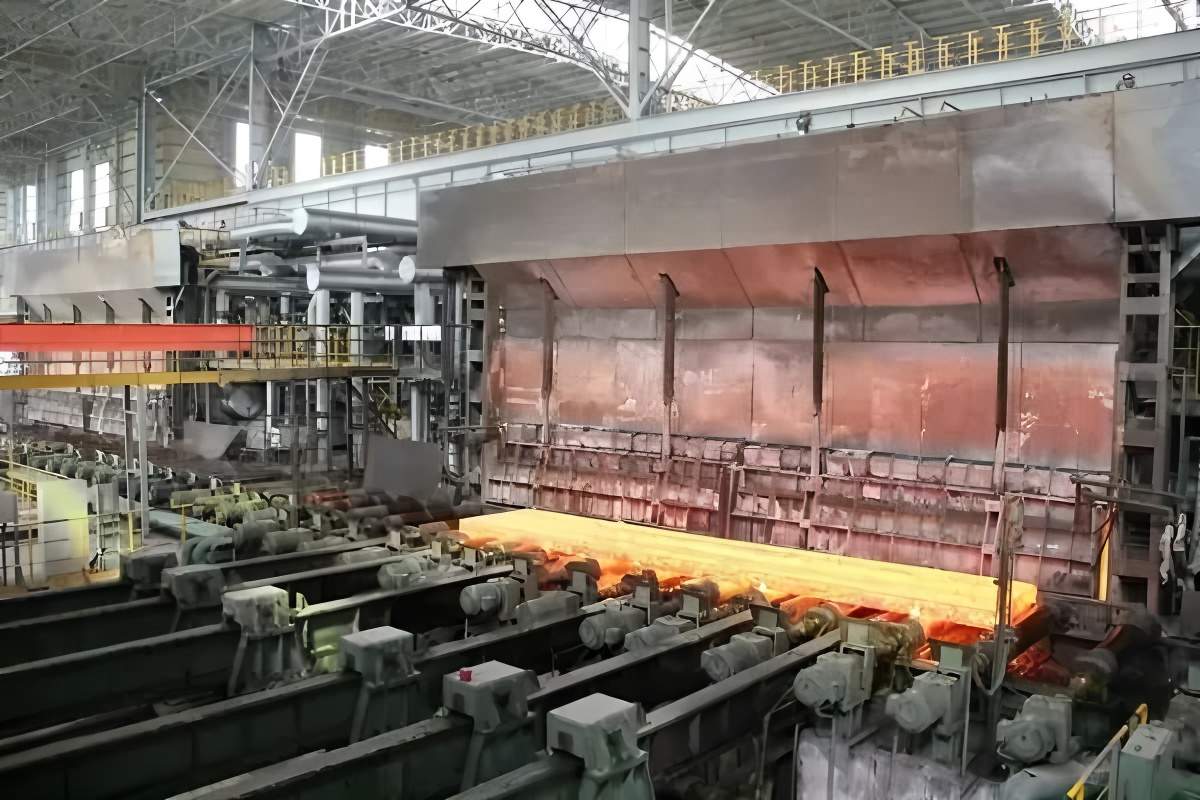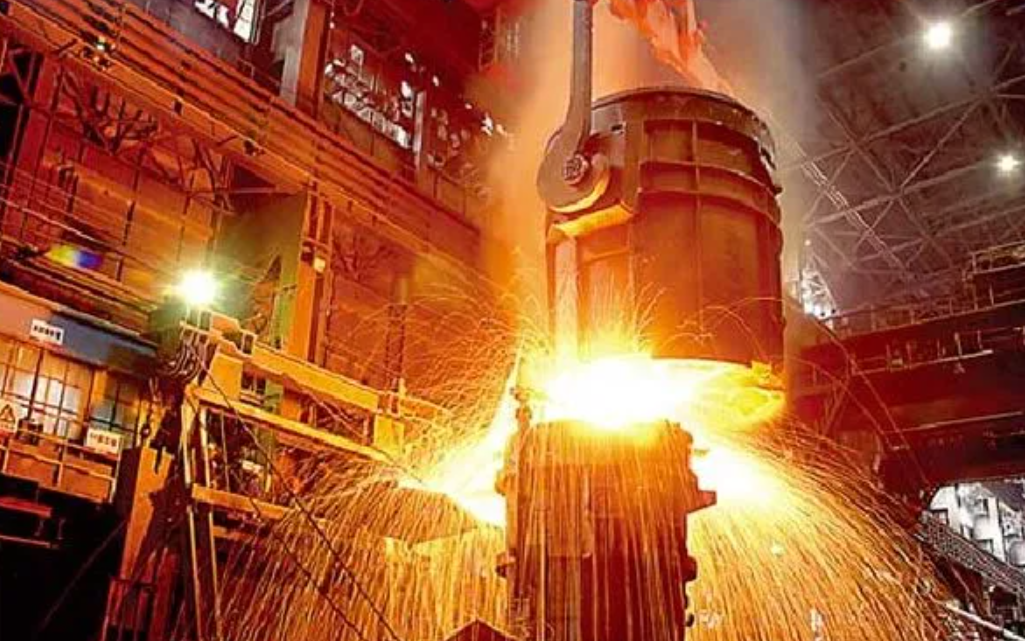Keywords: rolling force, rolling process, mill rolls
Effectively managing rolling force is essential to ensuring both high product quality and the prevention of equipment damage. Here are key methods to control and optimize rolling force:

1. Adjust Rolling Speed
Increasing rolling speed can reduce rolling force, while decreasing speed tends to increase it. Operators can adjust the rotational speed of the rolls by regulating the motor’s power input or modifying the transmission system between the motor and rolls. This is typically done via a control panel or automated system.
It is important to adjust speed gradually, as abrupt changes may damage rolls or machinery. Operators must also be aware of the optimal speed for each specific material to avoid compromising product quality.
2. Modify Roll Gap
The distance between the rolls directly influences rolling force: a smaller gap increases force, while a larger gap reduces it. To adjust the roll gap:
Determine the target gap based on desired product thickness and material specifications.
Inspect equipment to ensure all components are functioning correctly.
Use hydraulic or mechanical systems to make incremental adjustments, monitoring the results after each change.
Continuously observe the rolling process and fine-tune as necessary to achieve consistent product quality.
Optimal roll gap settings depend on material type, temperature, and rolling speed, and may require process-specific fine-tuning.
3. Apply Roll Bending and Shifting
Roll bending and shifting help distribute rolling force more evenly across the material width, enabling selective force application to specific areas. To adjust:
Identify shape or alignment issues through visual inspection or monitoring systems.
Ensure equipment is in good condition.
Adjust roll gap and lateral position via hydraulic or mechanical controls.
Test and refine settings through iterative adjustments to correct product shape and alignment.
These parameters are influenced by material properties, temperature, and lubrication, often requiring experimentation for optimal configuration.
4. Use Lubrication
Applying lubricant reduces friction between the rolls and material, thereby lowering rolling force. Effective lubrication practices include:
Applying lubricant directly to rolls or material using sprays, brushes, or rollers.
Selecting the appropriate lubricant type (e.g., oil-based or water-based) for the specific material and process.
Monitoring lubricant effectiveness through temperature measurements and product quality checks.
Maintaining lubrication systems to ensure consistent performance and prevent leaks or contamination.
Proper lubrication improves product quality, minimizes roll wear, and enhances process efficiency.
5. Control Temperature
Material temperature significantly affects its ductility and the required rolling force. Pre-heating materials can enhance formability and reduce force. Key temperature control methods include:
Monitoring roll and material temperature using sensors or infrared cameras.
Regulating rolling speed: higher speeds reduce temperature, while lower speeds increase it.
Adjusting cooling systems (e.g., water sprays or air jets) to manage thermal conditions.
Utilizing heating systems, such as induction heaters or gas furnaces, when necessary.
Optimizing lubrication to minimize frictional heating.
Temperature settings should be tailored to the material and process requirements, with regular equipment maintenance ensuring consistent thermal management.
Conclusion
Effective control of rolling force involves a combination of speed adjustment, roll gap modification, roll bending and shifting, lubrication, and temperature management. Through careful monitoring, incremental adjustments, and process-specific optimizations, operators can enhance product quality, extend equipment life, and improve overall rolling efficiency.


